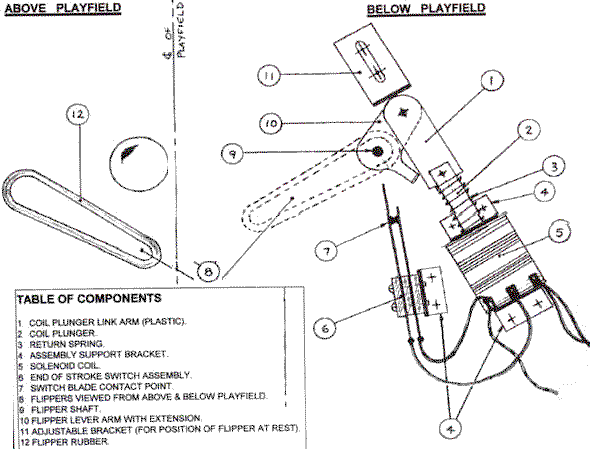Almost all Pinball powerboards/rectifier boards use smoothing caps....Not sure how you've missed that in your research.
On modern games, 50V coils are only used on flippers, slings, VUKs...Most other solenoids that are used for diverters, ramps, target resets, etc. are low voltage....23V usually. And for the flippers, high voltage/low voltage combos are used so that the holding power is significantly reduced.
At 50V, a 200 ohm coil is only pulling .25amps. And with the ball traveling, rarely is more than a couple of coils on at a given time. Again, not sure why you think you're going to be drawing 10A in a short cycle. All coil actions are designed to be short cycle. Even when raising a ramp for example, the coil fires to lock the ramp up mechanically, but it doesn't stay energized. A separate coil then releases the lock and the ramp falls.



 Raleigh, NC
Raleigh, NC

